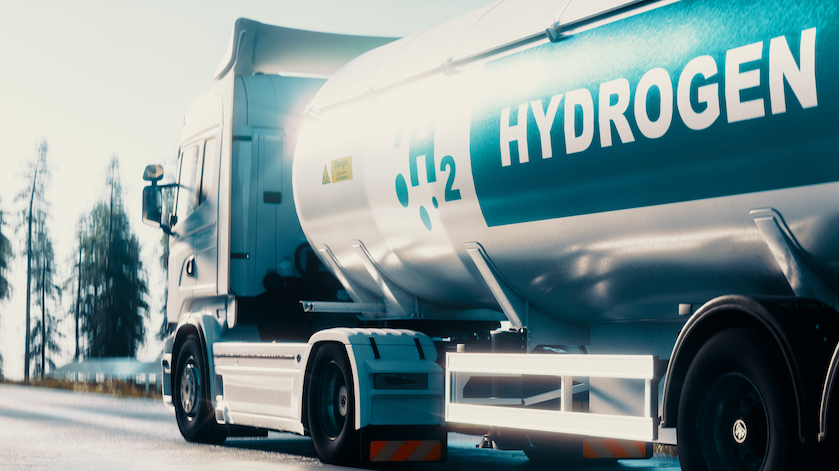
Leaks are a pernicious issue in natural gas pipelines. As hydrogen can escape even more easily than methane through the tiniest holes, cracks, and weld seams, the transport and eventual storage of this gas is one of the major barriers to wider adoption of this gas as a fuel and feedstock. Hydrogen permeation and embrittlement only exacerbate the problem.
The leakage rate for natural gas is already higher than what the Environmental Protection Agency estimates. Research published in the journal Science found that leaks in the US methane supply chain in 2015 was 2.3% of gross production, about 60% higher than the EPA’s inventory estimate (Alvarez et al., 2018). The white paper Atmospheric Implication of Increased Hydrogen Use (April 2022), commissioned by the UK government and authored by scientists at Cambridge University and Reading University, says the leakage rates for hydrogen are likely to be higher, as H2 molecules are smaller than CH4 molecules.
Indirect Negative Climate Effect of Hydrogen Leaks
The implications of this finding for hydrogen infrastructure are alarming, and not just for the economic loss of the gas.
- The combination of hydrogen and air forms an explosive atmosphere at levels as low as 4 mole %.
- When hydrogen leaks and enters the atmosphere, it reacts with the hydroxyl radicals that would have “cleaned up” methane, a greenhouse gas.
- Hydrogen increases the concentration of water vapor, which is responsible for about half of the planet’s greenhouse effect.
The abovementioned UK study developed a new method for calculating global warming potential (GWP) “for species whose emissions result in indirect radiative forcings.” Thus, the group estimates the GWP of hydrogen to be 11 ±5, as it amplifies water vapor and has a negative effect on the ozone layer. (As a comparison, carbon dioxide has a GWP of 1 and methane has a GWP of 27-30). Thus, in order to realize the green benefits of a hydrogen economy, governments and the chemical industry must solve the problem of leakage during transport and storage.
How to Prevent Hydrogen Leaks
To minimize the risks of hydrogen leakage, we must first fully understand the problem and its extent. The chemical industry should take the following steps:
- Develop instruments that can measure hydrogen concentrations on a parts-per-billion scale to systematically quantify leakage.
- Use climate metrics to illustrate the extent to which hydrogen leakage impedes reaching climate goals in the near term.
- Consider probabilities of H2 leakage in decisions about where and how to use hydrogen.
- Reduce transportation needs by locating production and deployment sites nearer each other.
- Develop best practices for minimizing hydrogen leakage by adapting the measures currently employed to reduce leakage of other gases, while keeping in mind the unique chemical properties of hydrogen.
This article follow “Hydrogen: A Beacon of Hope for the Chemical Industry.” Next in the series: “Energy Expenditure as a Factor in H2 Transport and Storage.”

